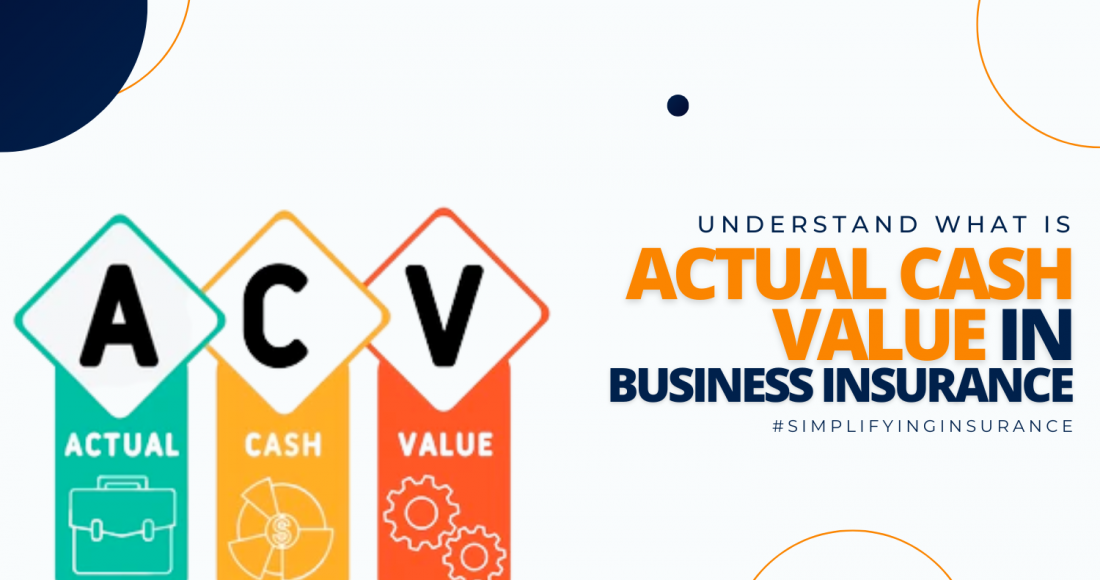Essentially, actual cash value (ACV) is how much your stolen or damaged property is worth after a covered loss is over. It is imperative to understand real cash value so that business insurance companies can determine how much should be paid by a policyholder after a covered loss. It will cover your home’s structure, typically at replacement cost if your dwelling insurance policy limits are met, but your other possessions aren’t the only ones to insure. Many policyholders choose to opt for the replacement cost feature instead. Our goal in this article is to explain actual cash value, how it’s calculated, and how it differs from replacement cost.
What Is An Actual Cash Value?
The actual cash value represents the amount needed to replace a property once depreciation is taken into account. Typically, it is similar to what you would receive if you sold the property before damage or loss. Imagine, for example, that you bought a new laptop for your web development business for RM3,000 and used it for two years before it was damaged. The cash value of replacing the computer would likely be significantly less than what you originally paid. When deciding how much to reimburse you based on an actual cash value commercial property insurance policy, your insurance company will consider the expected service life of the laptop and how long you used it.
How Do Insurers Determine The Actual Cash Value Of A Policy?
The actual cash value is determined by determining the replacement cost of an item and removing depreciation. Insurance companies assign an object a lifetime to calculate depreciation and determine what percentage of that lifetime is left. The replacement cost is multiplied by the rate to get the item’s actual cash value. As soon as you file a claim, an insurance adjuster will get involved to determine how much it will cost to pay your claim. When you opt to value your covered items at their actual cash value, your insurer will estimate the cost of replacing your lost or damaged item with a similar thing and then subtract the reduction in value due to depreciation. Imagine your two-year-old laptop is stolen, and you have a policy based on actual cash value. Two years ago, a similar laptop cost RM2,000, but today it costs RM2,500. According to your insurance provider, a computer has a useful life of five years, so the stolen laptop has 60% remaining of its useful life. The cash value is calculated by multiplying the replacement cost by 60%. It amounts to $1,500 as the actual cash value of the laptop.
Comparison Of Actual Cash Value And Replacement Cost
If you are looking for commercial business insurance, you should weigh the pros and cons of actual cash value versus replacement cost. Depreciation is taken into account in the actual cash value. The replacement cost is determined by how much it would cost to replace the property without accounting for depreciation. For instance, a digital marketing agency might purchase its office furniture in 2020 for RM3,000, but today’s value of a similar setup is RM4,000, so replacement value insurance would be worth RM4,000. In contrast, the actual cash value of the insured property is different in that it includes the expected service life of the property. If the furniture purchased for RM3,000 has a service life of 10 years, its value after depreciation will be RM1,500 five years after being purchased (50% of the purchase price).
Final Thought
The purpose of actual cash value insurance is to provide a fair value valuation by accounting for the initial cost and depreciation. Having real cash value insurance has a downside in that it doesn’t cover as much as replacement cost insurance should you need to replace something. Generally, buying actual cash value insurance is advisable if you have a restricted budget. If you have a larger budget, replacement cost insurance is most recommended.






